A leafy perch for a £100,000 statue honouring an Aberdeen man who co-discovered insulin has been picked in one of the city’s most-loved parks.
John JR Macleod jointly received the 1923 Nobel Prize for physiology or medicine.
He was recognised for his part in working to isolate the sugar-regulating hormone, crucial in the treatment of diabetes.
Now, 100 years since it was first used, the professor is to be immortalised with a bronze cast sculpture.
The JJR Macleod Memorial Statue Society has earmarked a spot by trees to the north-west of Duthie Park, overlooking the common green.
It would only be a short walk from the professor’s grave in Allenvale Cemetery.
His father, a minister, moved his family to Rosemount Place in the city when John was seven-years-old.
Leading Scots artist picked for JJR Macleod statue in Duthie Park
Scottish sculptor John McKenna has been commissioned for the project, which is not expected to cost the public a penny.
His previous works include the statue of AC/DC frontman Bon Scott in Kirriemuir.
He also sculpted the figures of Celtic greats Jock Stein and Billy McNeil outside Parkhead and the giant shipbuilders of Port Glasgow.
His latest design shows a seated Prof Macleod on a bench, gazing over the park.
A newspaper by his side will bear the headline: “Nobel Prize for Medicine awarded to co-discoverers of insulin”.
There will also be a bronze plaque with key details about the researcher.
Prof Macleod’s work on a team at Toronto University changed Type 1 diabetes from a deadly disease to a manageable condition.
It will be sat upon a terrace of Aberdeen granite, bearing names of sponsors who contributed towards the hefty funding target.
So far, around £10,000 of the required £100,000 has been pledged.
Councillors to vote on JJR Macleod statue placement
The society’s preferred location in Duthie Park was approved on Tuesday, meaning the statue could be in place next summer.
That would be in time to mark the centenary of the scientist’s Nobel Prize.
Statue chance to give JJR Macleod’s scientific legacy ‘the global acclaim it so rightfully deserves’
After a bitter row with colleagues over credit for the insulin discovery, Prof Macleod returned to Aberdeen University, and became dean of the medical faculty.
His rivals smeared his name, trying to diminish his contribution to the acclaimed work.
The former Aberdeen Grammar schoolboy did not gain full recognition for his work until long after his death in 1935.
For John Otto, the founder and chairman of the JJR Macleod Memorial Statue Society, the memorial would realise a long-held dream to set the record straight.
The 57-year-old, who has lived with Type 1 diabetes since he was nine, told The P&J: “Over the past century, tens of millions of people with Type 1 diabetes around the world owe their very existence to the miracle drug insulin, the origins of which can be traced back right here to the city of Aberdeen, where John Macleod’s career in medicine began.
“Despite being jointly awarded the Nobel Prize for his work in 1923, Macleod’s name was largely airbrushed from history during his lifetime.
“It is my sincere hope that this project will give Macleod’s scientific legacy – and the city of Aberdeen – the global acclaim it so rightfully deserves.”
Prof Macleod already features in the Hall of Heroes at Provost Skene’s House, while a clinic bears his name at Foresterhill.
Calls have been made to make much more of Aberdeen’s “goldmine” of medical history, including ideas for a museum in part of Woolmanhill Hospital.
This story was first published ahead of resources committee meeting on June 21, when the statue’s place in Duthie Park was approved.
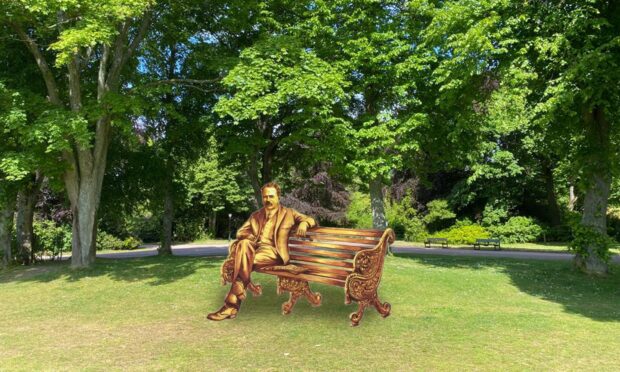
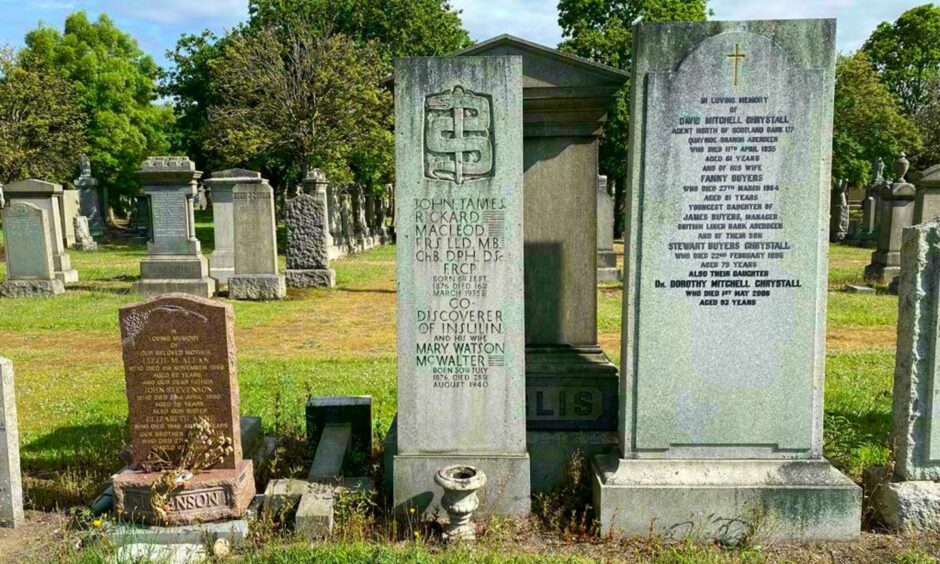
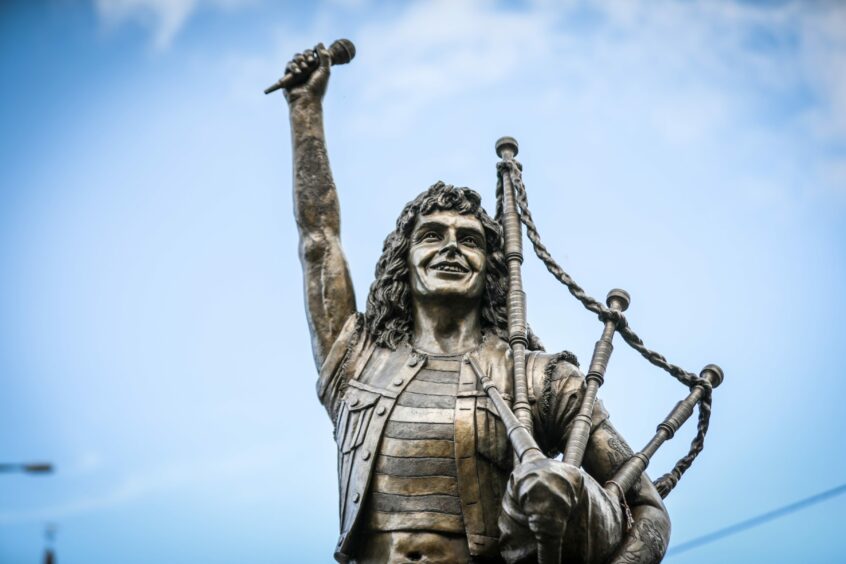
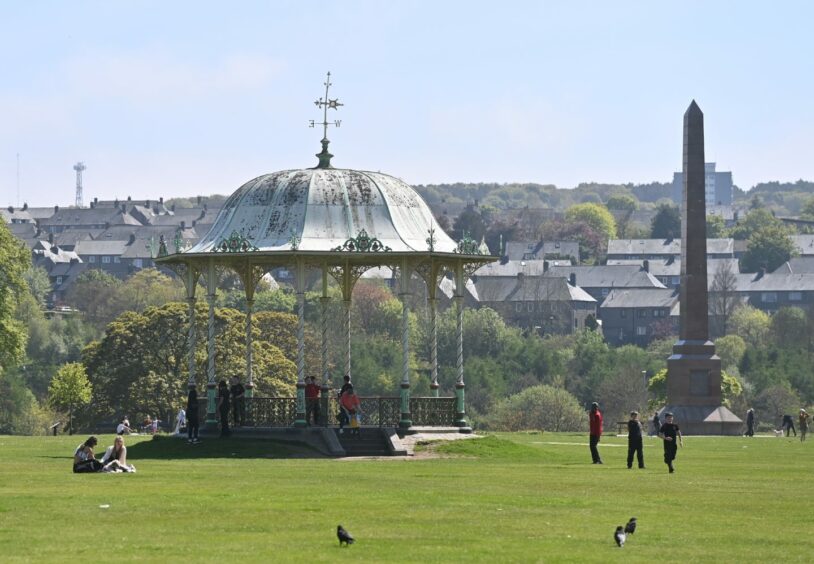
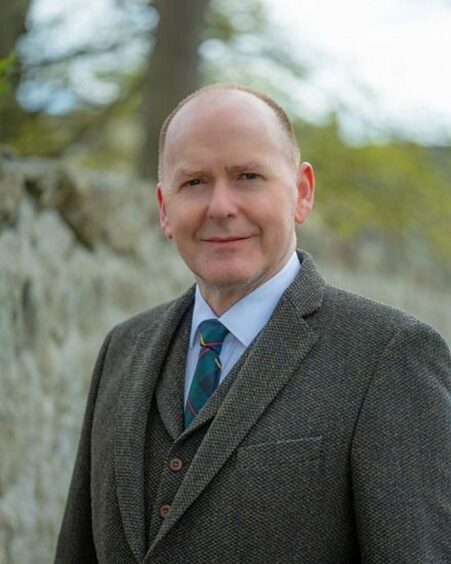
Conversation